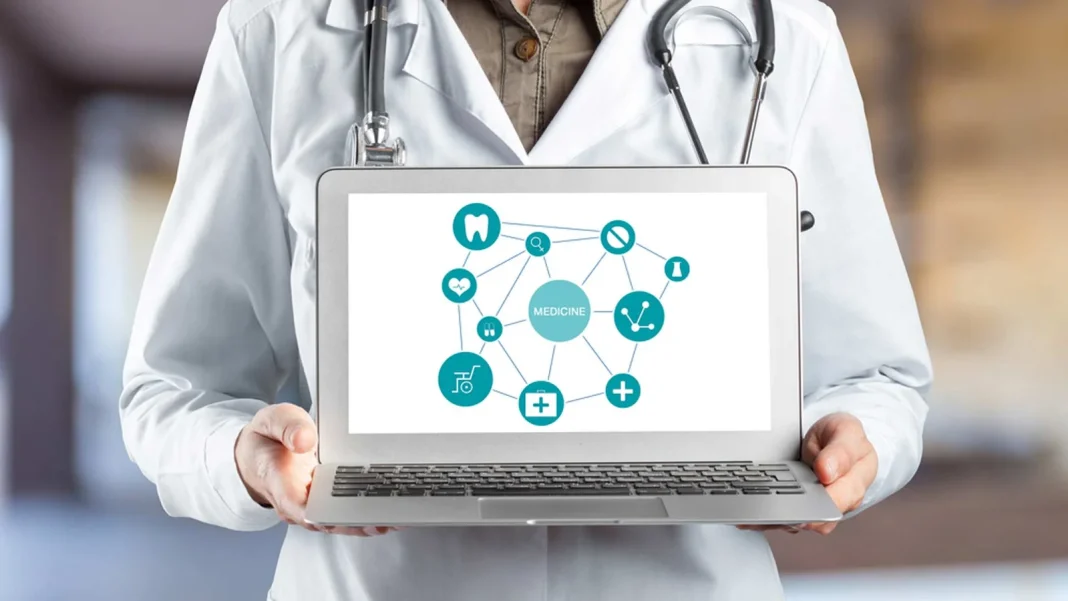In today’s healthcare landscape, where competition is fierce and patient expectations are soaring, creating a patient-centric practice is no longer a luxury but a necessity. This means fostering an environment around the individual patient, prioritizing their needs, preferences, and overall well-being. While building genuine human connection remains paramount, intelligent use of management software can be a powerful tool to enhance patient retention and satisfaction significantly.
Streamlining the Patient Journey
The first step towards building a patient-centric practice lies in optimizing the patient journey. Every interaction should be smooth, efficient, and convenient, from scheduling appointments to accessing medical records and test results. Management software can streamline these processes by:
● Online appointment booking:
It helps eliminate the process of long wait times and phone calls altogether. Patients can schedule an appointment using the software, which is available 24/7 for their needs. It reduces frustration and also improves efficiency.
● Online patient portal:
The software stores all the test results. Billing information and records are in one place, which is easily accessible at any time. It helps the patients to actively be aware of their medical reports and check them on the app.
● Automated appointment reminders:
Minimize missed appointments and wasted resources with automated SMS or email reminders. It demonstrates respect for patients’ time and improves overall scheduling efficiency.
● Telehealth functionality:
Integrate telehealth platforms into the software to offer virtual consultations, medication renewals, and follow-up appointments. This increases accessibility for patients facing transportation challenges or scheduling conflicts.
Personalized Communication and Engagement
Communication is the main element that helps in building trust with the patients. With great dental care software, you can not only manage the reports but also build trust and communication with the patients.
● Automated pre-appointment surveys:
Gather information about patients’ concerns, goals, and expectations before their visit, allowing providers to tailor consultations accordingly.
● Post-appointment:
The software helps in sending automated emails and texts to the patients. It helps inform them about the appointments and also offers them the additional information that is needed for the treatment plans that they are opting for.
● Targeted medication reminders:
Integrate medication dispensers with the software to send personalized reminders, improving adherence and promoting better health outcomes.
Data-Driven Insights and Improved Care
Management software like tab32 collects valuable data that can be used to gain insights into patient needs, identify trends, and ultimately improve the quality of care delivered. By analyzing appointment patterns, adherence rates, and patient feedback, practices can:
● Identify patients at risk:
Proactively reach out to patients with a higher risk of non-compliance or chronic disease progression, offering additional support and intervention.
● Track clinical outcomes:
Monitor the effectiveness of treatment plans and interventions, allowing for data-driven adjustments and personalized care pathways.
● Measure patient satisfaction:
With the help of the software, patients can give feedback and complete surveys. It helps the clinic understand the areas for improvement to enhance the patient experience.
● Optimize scheduling and staffing:
Analyze appointment data to identify peak times and adjust staffing accordingly, reducing wait times and maximizing efficiency.
Investing in the Right Software
Choosing the right management software is crucial. It should be feature-rich, user-friendly, and secure, adhering to all relevant data privacy regulations. Additionally, it should integrate seamlessly with existing practice systems and workflow protocols to avoid unnecessary disruption.
Human Touch Remains Core
While management software can be a powerful tool, it should never replace the importance of genuine human connection and empathy. The software should enhance, not replace, the doctor-patient relationship. Providers must use the insights gained from the software to personalize care, actively listen to patients’ concerns, and build trust through shared decision-making.
Conclusion
By streamlining processes, facilitating personalized communication, and providing data-driven insights, management software empowers practices to deliver high-quality, patient-centered care. This, in turn, leads to enhanced patient retention, satisfaction, and, ultimately, better health outcomes. Remember, technology is a tool, and true patient-centricity remains rooted in genuine human connection and a commitment to understanding and prioritizing individual needs.

